Respiratory rate is one of the most crucial yet overlooked vital signs of our body. It can indicate a range of medical conditions, including asthma, pneumonia, cardiac arrest, and even cancer. Despite its significance, it’s often not routinely monitored, even though we have abundant technology, tools, and sensors to do so. This oversight is particularly concerning given the critical role respiratory rate plays in healthcare, work settings, sports, and exercise.
What we must recognize is the importance of consistently monitoring respiratory rate to improve healthcare outcomes. A research article by Andrea Nicolò, Carlo Massaroni, Emiliano Schena, and Massimo Sacchetti, published in NIH, reviews various approaches to respiratory rate monitoring across multiple disciplines. The article identifies 13 different goals for respiratory rate monitoring, such as detecting the presence of breathing, identifying adverse cardiac events, assessing sleep disorders, cognitive strength, mental health, and various types of pain, among others.
These goals are invaluable for healthcare and have corresponding techniques and tools tailored to monitor each specific issue. Monitoring respiratory rate not only aids in immediate healthcare decisions but also contributes valuable data for future advancements in medical science.



